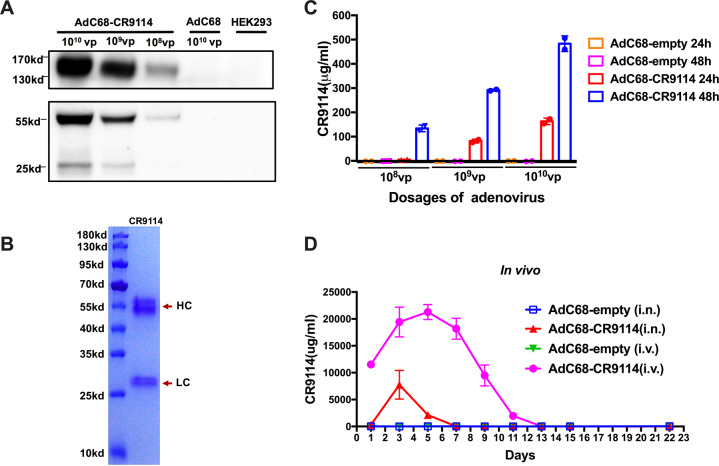Fig. 1. CR9114 expression in vitro and in vivo.
To measure the CR9114 antibody level in vitro, different quantities of AdC68–CR9114 (1010, 109, or 108 virus particles (vp)) were used to infect the HEK293 cells in a 6-well plate. AdC68-gp (1010 vp) was used as the negative control, while the uninfected HEK293 cells were used as the blank controls. Supernatants were harvested at 24 and 48 h after infection. For the in vivo expression of the CR9114 antibody, mice were randomly divided into four groups (5 mice per group), and intranasally immunized with AdC68–CR9114 or AdC68–empty at 5 × 1010 vp/mouse in 30 μl of PBS, or intravenously administered AdC68–CR9114 or AdC68–empty at 5 × 1010 vp/mouse in 200 μl of PBS. All mice were subjected to bleeding every other day. a Western blot detection of the CR9114 antibody in the supernatant of infected HEK293 cells under nonreducing and reducing conditions. b The purified CR9114 antibody was boiled and subjected to SDS-PAGE with Coomassie Blue R-250 staining. c, d The concentrations of CR9114 in vitro and in vivo (five mice per group). Data in c, d are expressed as mean ± SD.

